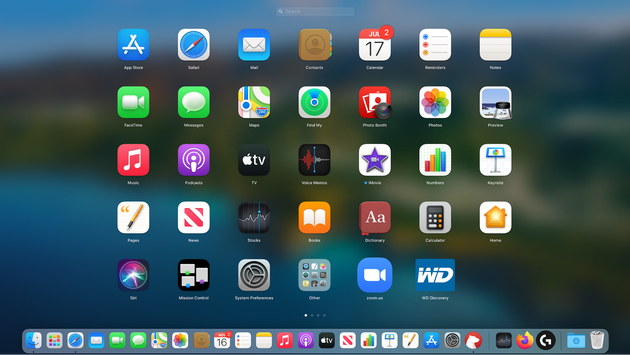

- #HOW CAN I TELL IF MY MAC IS INFECTED FOR FREE#
- #HOW CAN I TELL IF MY MAC IS INFECTED HOW TO#
- #HOW CAN I TELL IF MY MAC IS INFECTED INSTALL#
The easiest way to protect yourself from this targeted attack is by calling the sender-before opening the attachment-to make sure they’re the one who sent this specific attachment. The email could contain a Word document or something you consider “safe”, but the virus infects your computer the second you open the attachment. In targeted cases, a hacker sends a fake email that looks as if it came from someone you know. Others go after specific people or businesses which they’ve targeted. Many hackers send generic emails to as many people as possible. For example, a hacker sends you an email with an attachment, hoping you’ll instantly click on it, so that you become infected instantly upon opening it. Email Attachmentsįake email attachments are another common way people find themselves infected with trojan viruses. Trojan viruses can also come in the popular forms of music files, games and numerous other applications.
#HOW CAN I TELL IF MY MAC IS INFECTED FOR FREE#
The problem though, is that file-sharing sites are also extremely attractive to hackers who want to find an easy way inside your system.įor example, a hacker uploads a cracked copy of a popular software to a torrent website for free download, then waits for potential victims to instantly download it… but the cracked software has a hidden trojan virus that allows the hacker to control your computer. First, it allows people to get premium software without paying the retail price. File-sharing websites include torrent websites and other sites that allow users to share their files, and this concept is appealing for a variety of reasons. File-Sharing SitesĪlmost everyone who is at least a little tech savvy occasionally uses file-sharing websites. You can also get attacked from spoofed chat messages, infected websites, hacked networks and more.
#HOW CAN I TELL IF MY MAC IS INFECTED INSTALL#
Many users install trojans from file-sharing websites and fake email attachments. Be careful when you get files from the following sources.

But it will also install the harmful virus on your computer in the background. You will think that the Trojan is a game or music file, and the file you download will likely work like normal so that you don’t know it’s a Trojan. Trojan viruses are different from other types of malware because they trick you into installing them yourself. While all trojans look like normal programs, they need a way to get your attention before you unknowingly install them on your system. This section takes a closer look at the places you are the most vulnerable to a Trojan virus attack. In addition to spotting known trojans, the McAfee antivirus program can identify new trojans by detecting suspicious activity inside any and all of your applications. An effective antivirus program searches for valid trust and app behavior, as well as trojan signatures in files in order to detect, isolate and then promptly remove them. Installing and using a trusted antivirus solution is also one of the top ways to get rid of trojans. Please carefully ensure you know which specific programs you’re removing because you could slow, disable or cripple your system if you remove basic programs your computer needs to function. For the best results, first reboot your device into safe mode so that the virus can’t stop you from removing it. You can remove some Trojans by disabling startup items on your computer which don’t come from trusted sources.
#HOW CAN I TELL IF MY MAC IS INFECTED HOW TO#
How to Remove a Trojan Virusīefore you discover all the places a Trojan can invade your computer, let’s first learn how to get rid of them. Some Trojans hijack your computer and make it part of a criminal DDoS (Distributed Denial of Service) network. Some trojans download additional malware onto your computer and then bypass your security settings while others try to actively disable your antivirus software. Once inside, some trojans sit idly on your computer and wait for further instructions from its host hacker, but others begin their malicious activity right from the start.

Once a trojan is inside your system, it can perform destructive actions before you even know it’s there. Trojan viruses are a type of malware that invade your computer disguised as a real, operational programs. We’ll also cover how you can protect yourself and get rid of viruses so you can stay safe and maintain peace of mind online. In this post, we’ll examine what Trojan viruses are, and where they come from. Trojan viruses can not only steal your most personal information, they also put you at risk for identity theft and other serious cybercrimes. If you’ve found yourself in this situation, or even thinking you are, there’s a real possibility you could have a Trojan virus on your computer. Understanding Trojan Viruses and How to Get Rid of Themīasic online scenario-You log onto your computer and notice that something’s just not right, but you can’t quite put your finger on it.


 0 kommentar(er)
0 kommentar(er)
